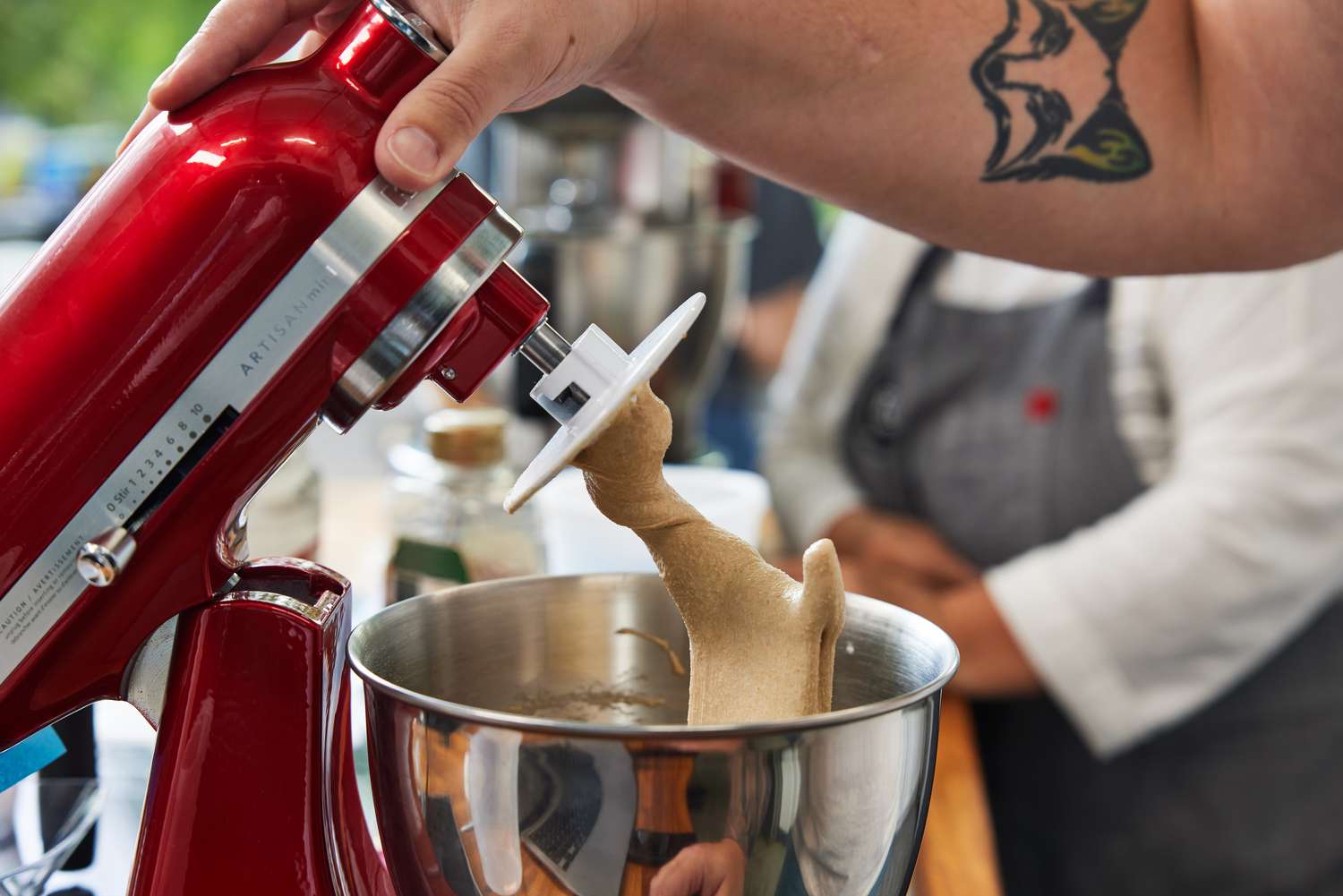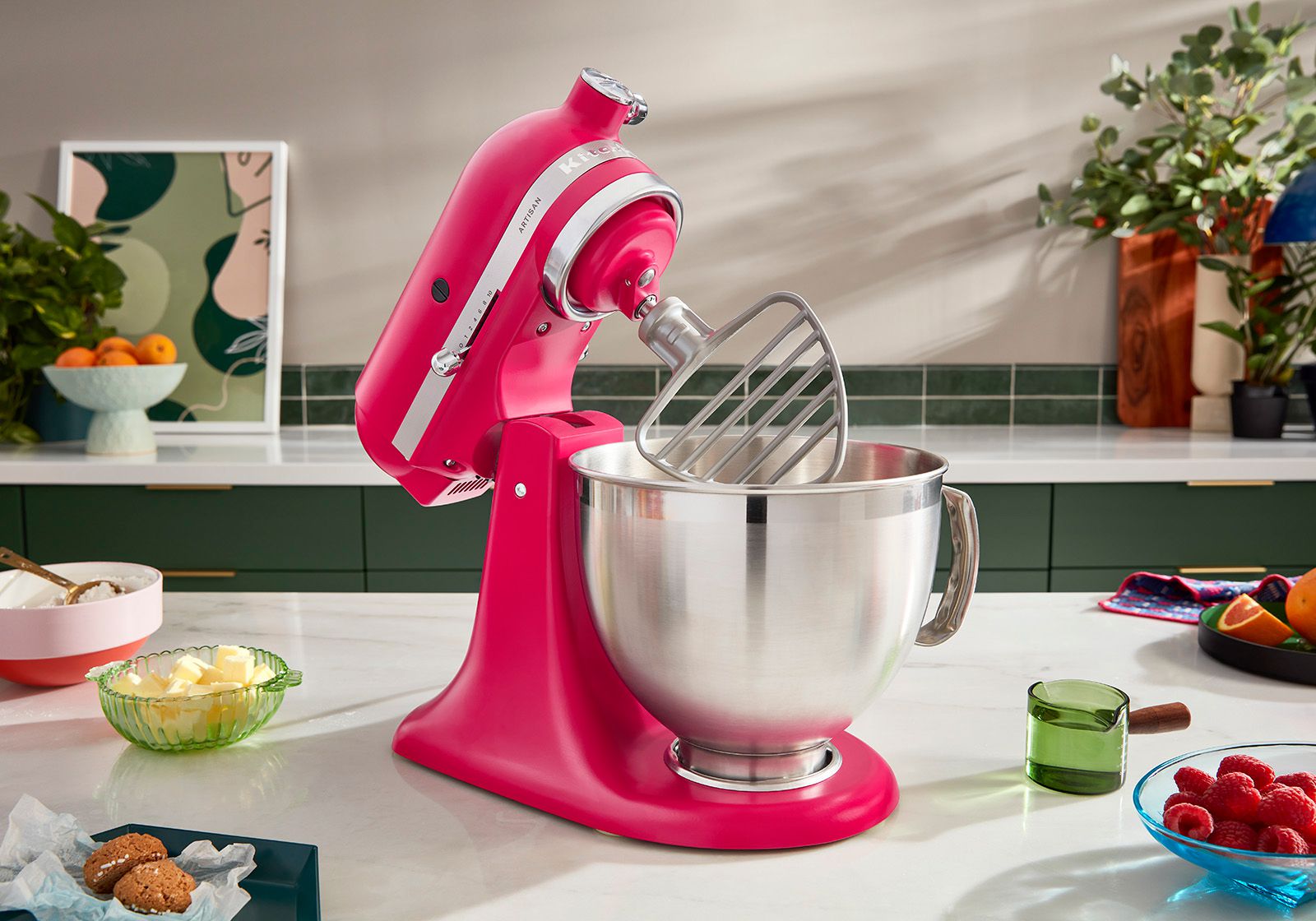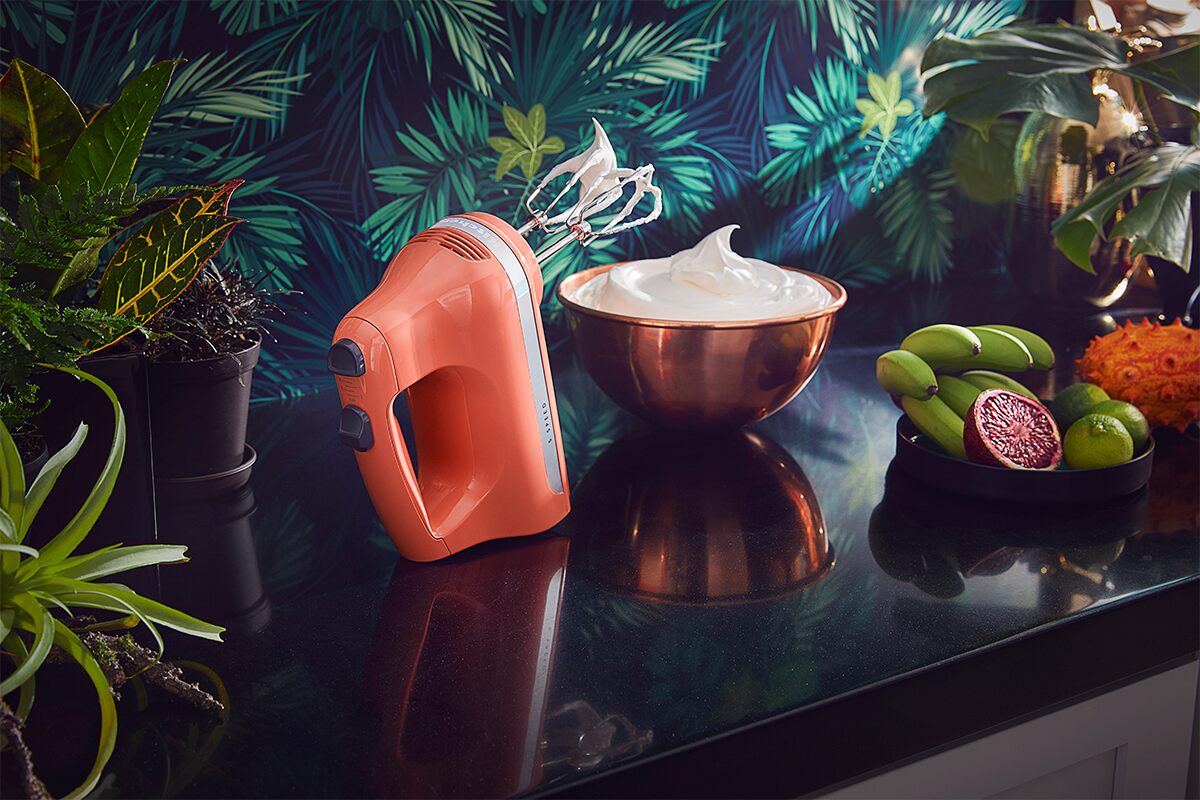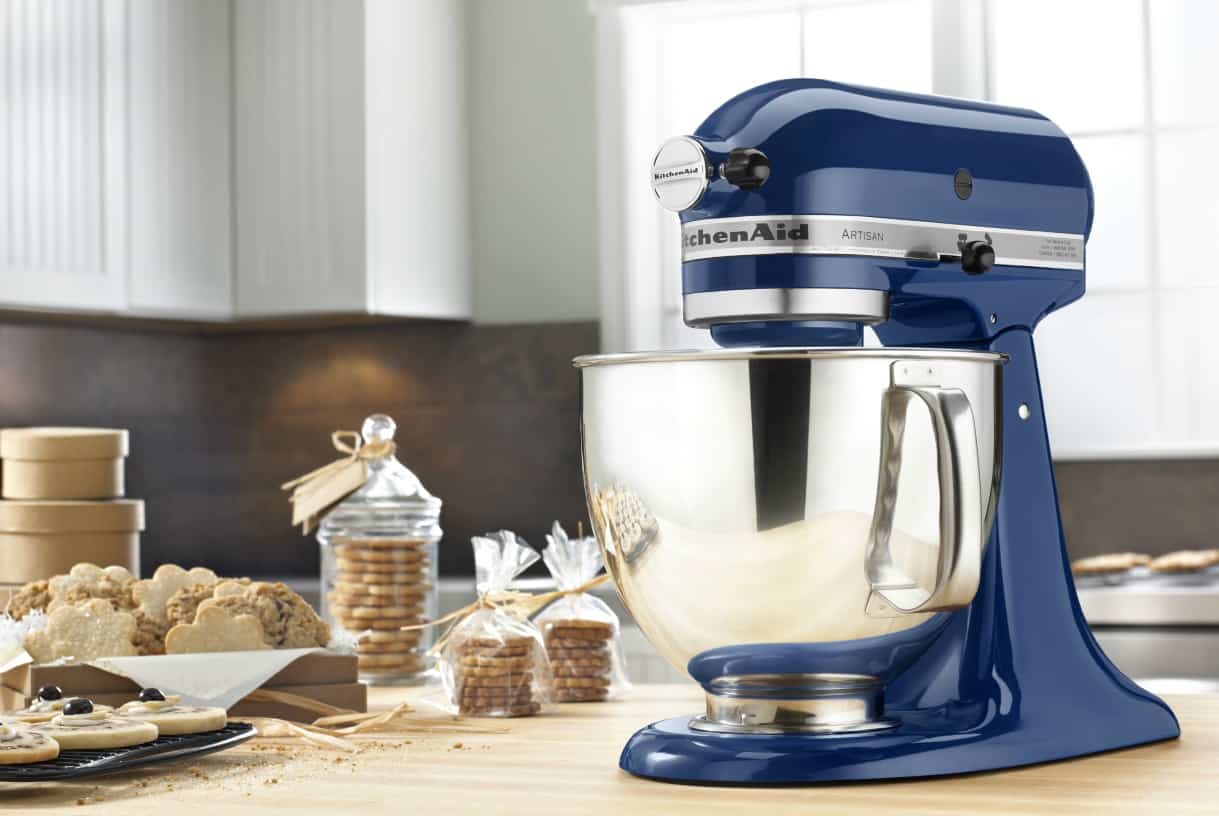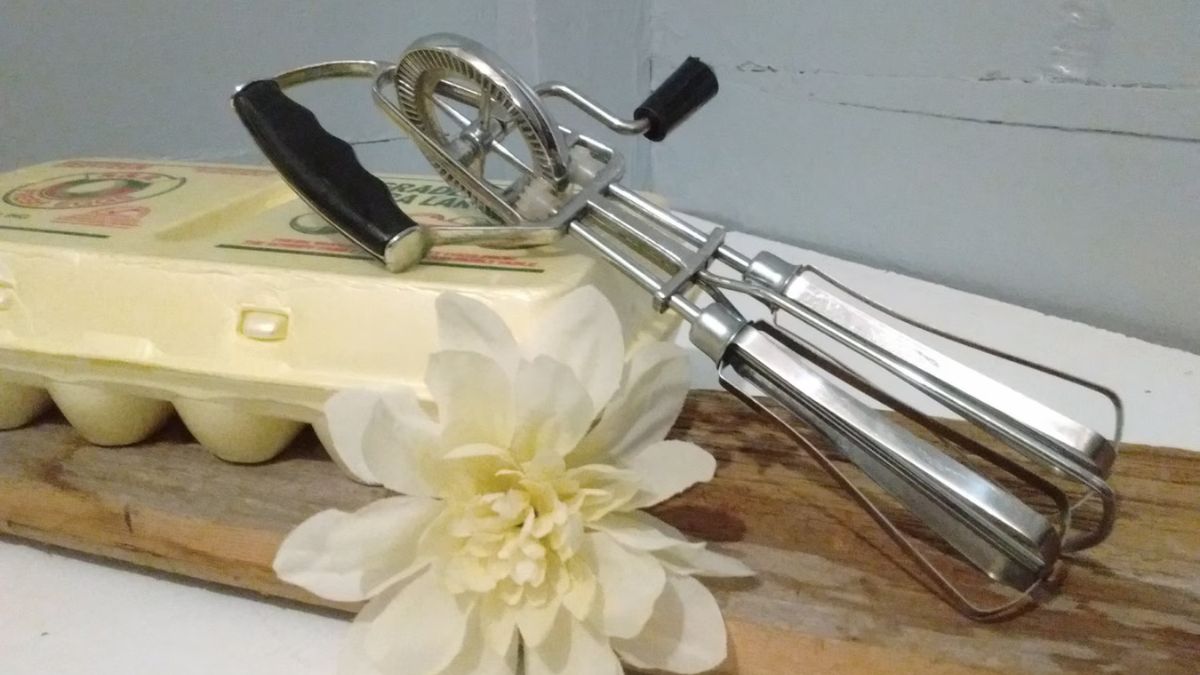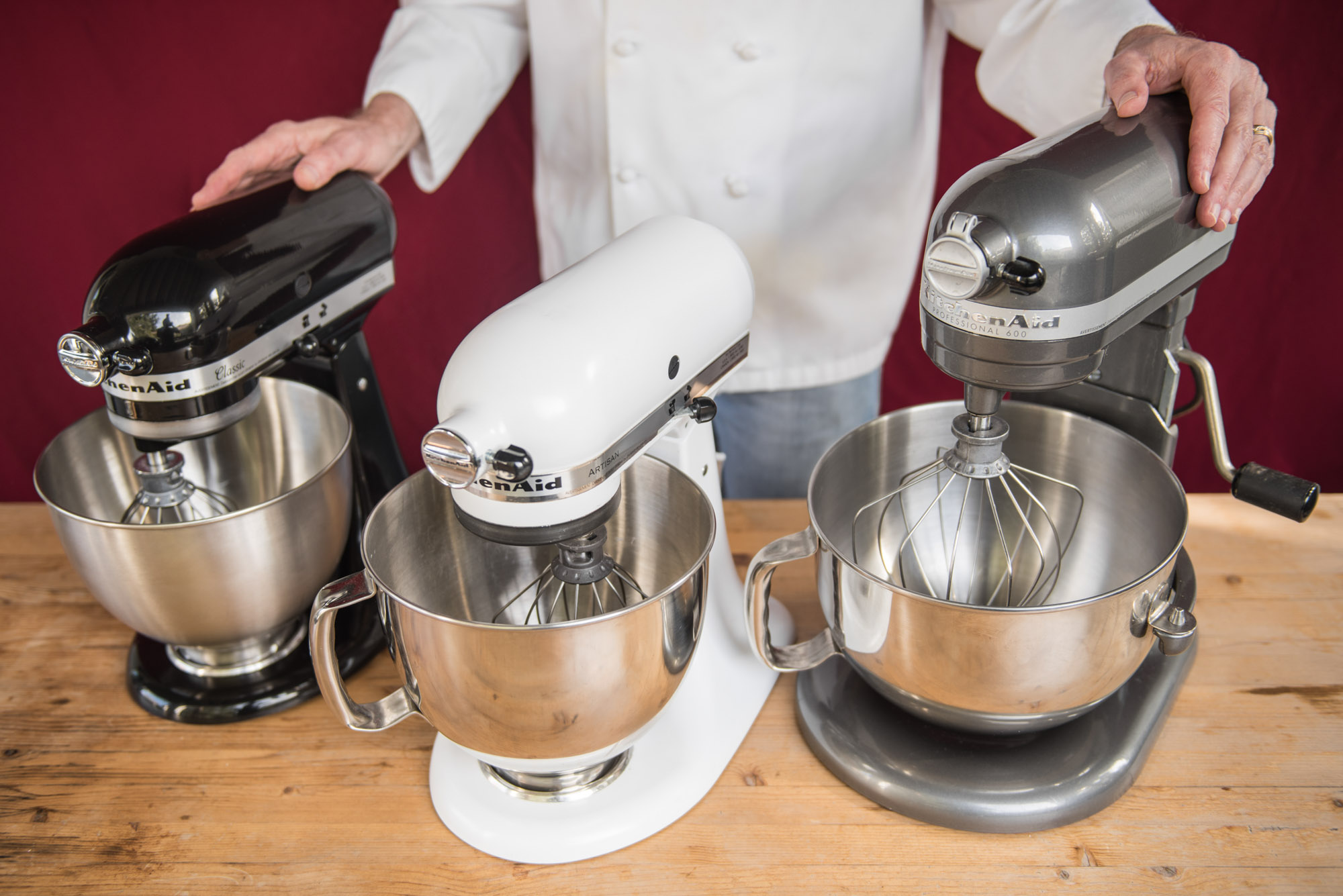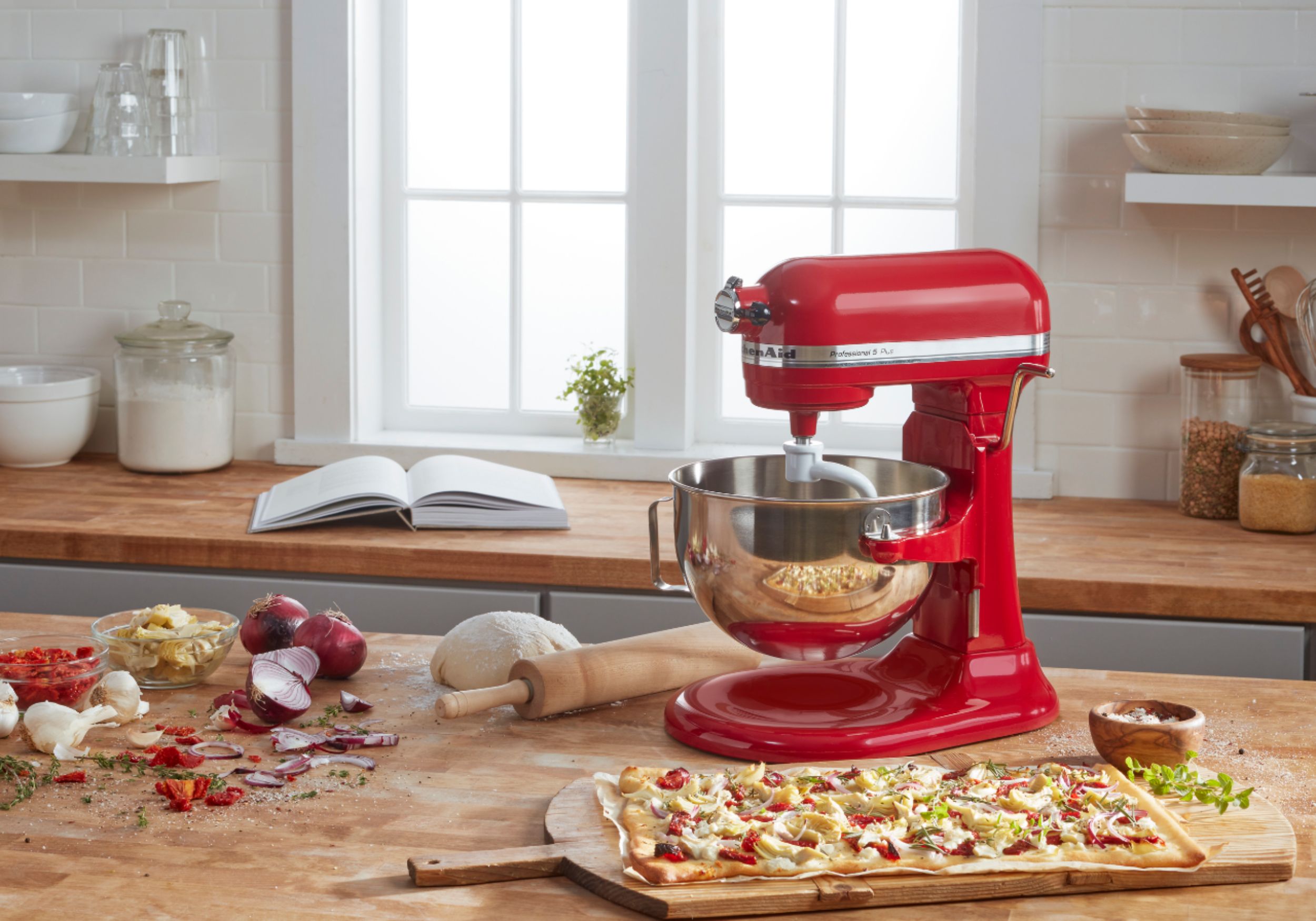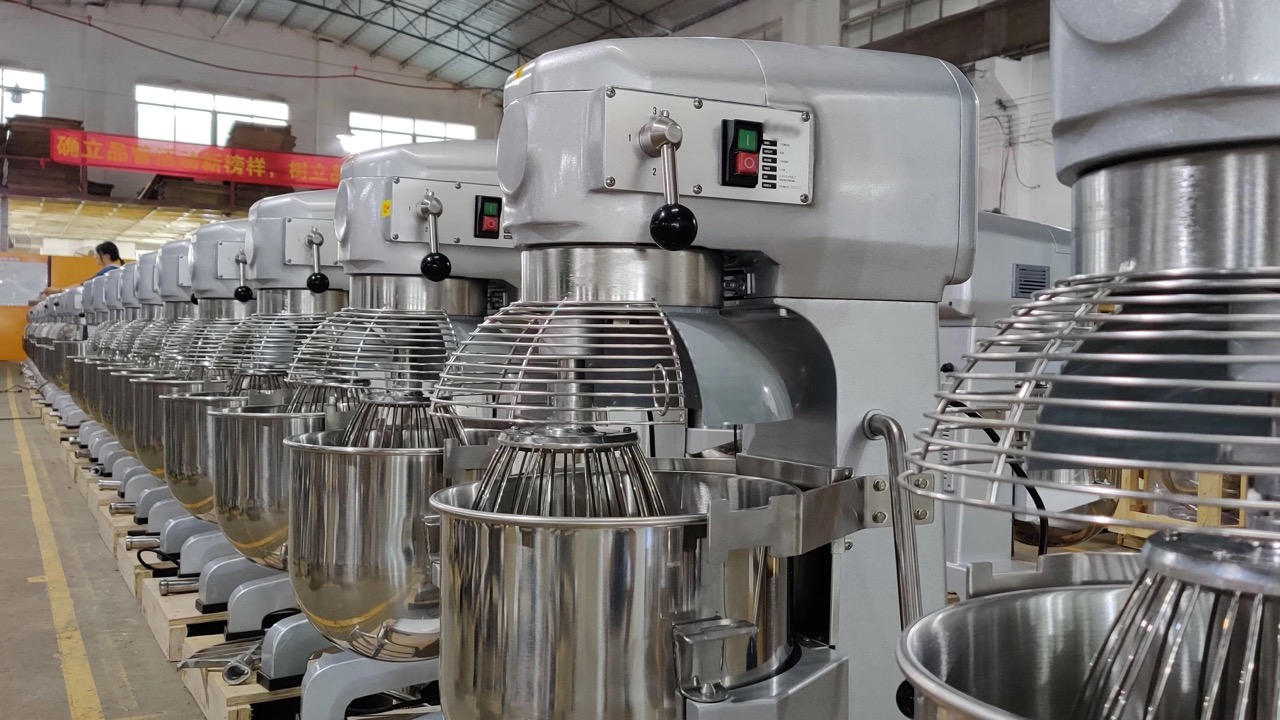Home> Baking Tools
Baking Tools Guide: Essential Equipment for Perfect Pastries
Discover our comprehensive guide on Baking Tools. Get expert advice on essential kitchen equipment to elevate your baking skills to new heights.
Do You Really Need A Stand Mixer? Yes – And Here’s Why
By: Emily Roberts • Interior Design
8 Amazing Kitchenaid Khm512 5-Speed Ultra Power Hand Mixer for 2024
By: Chloe Davis • Articles
